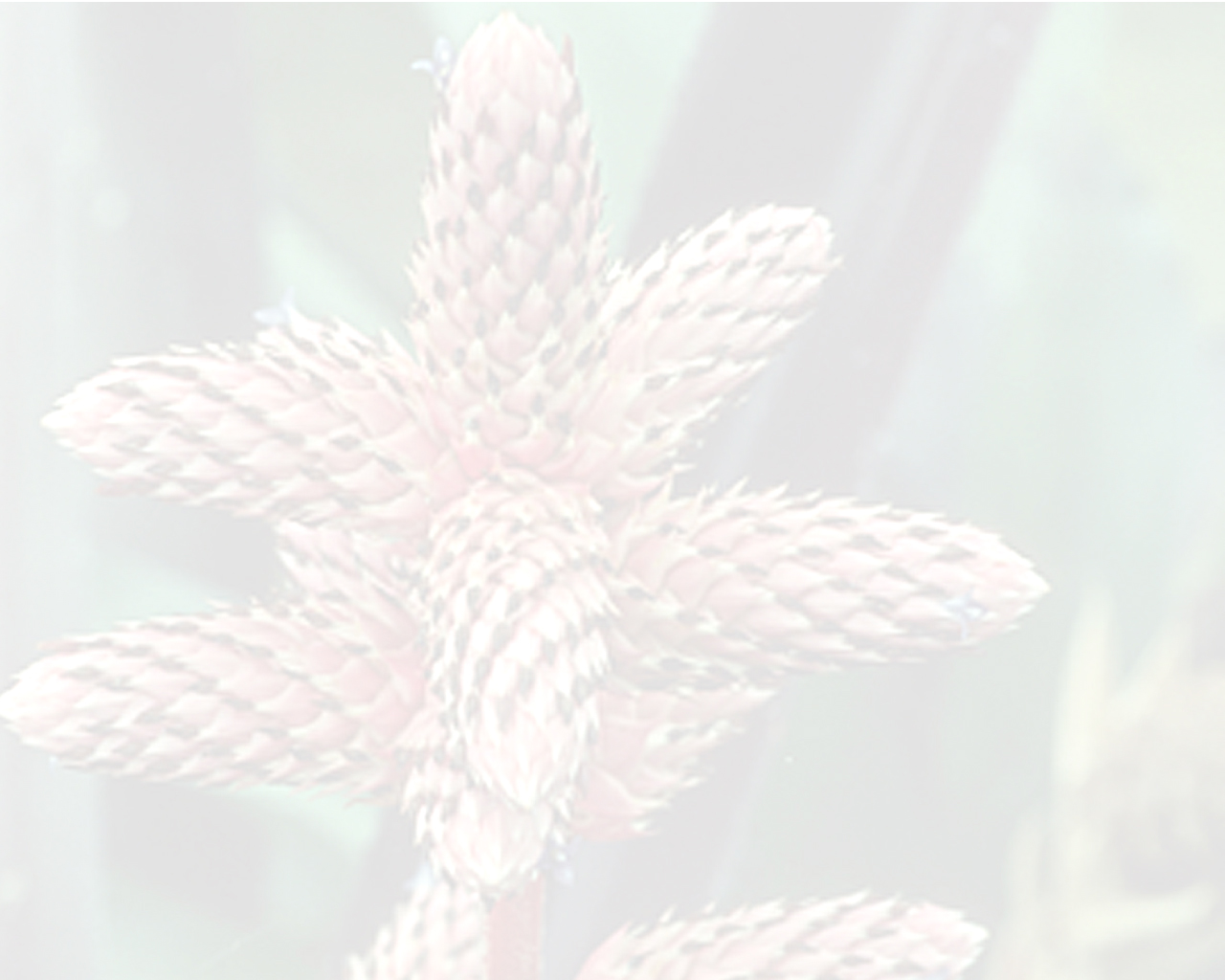

leaves about 12 in a utriculate rosette, often over 1 m long; sheath narrow, subglabrous below, densely immersed-lepidote above; blade rounded with the point usually more or less aborted, 8–10 cm wide, subdensely serrulate with teeth not over 1 mm long. inflorescence: peduncle shorter than the leaves, very stout, soon glabrous except for tufts of floccose scales at the bases of the bracts; peduncle bracts erect, densely imbricate, linear lanceolate, acuminate, dentate, pungent, membranaceous, pale brown; fertile part densely once-branched; axis floccose-lepidote, soon glabrous; primary bracts like the pedunclebracts but entire, spreading to reflexed, the lower ones exceeding the spikes; spikes all sessile, ovoid, to 45 mm long, brown -tomentose-lepidote, soon glabrous; floral bracts broadly ovate, somewhat asymmetric, obtuse, short-mucronate, convex, about 12 mm long, coriaceous, even. flowers: sepals triangular-ovate, asymmetric, 7 mm long, acute, mucronate, carinate, soon glabrous; petals about 10 mm long, linear, acute, white. pistil: ovary bialate, tomentose-lepidote; ovules obtuse, borne near the top of the cell.Edited from : Smith & Downs 1979. Bromelioideae (Bromeliaceae) in Flora Neotropica.